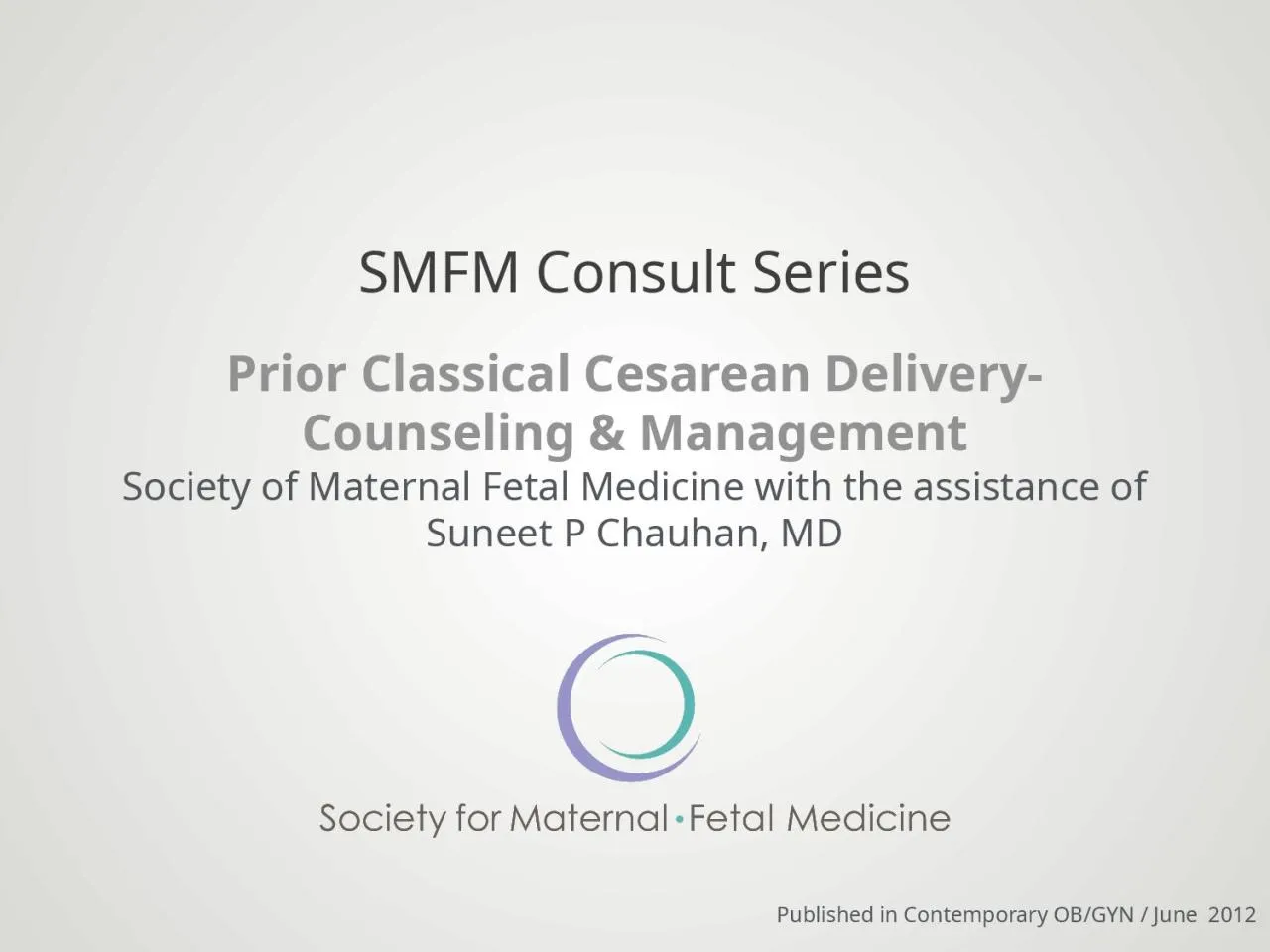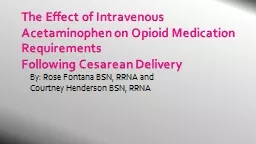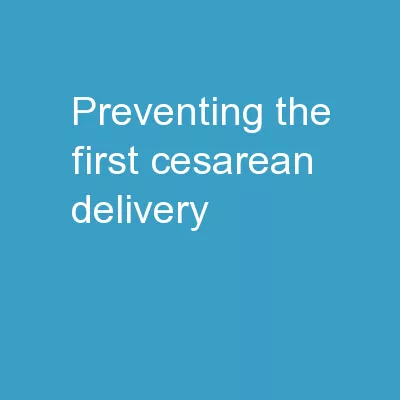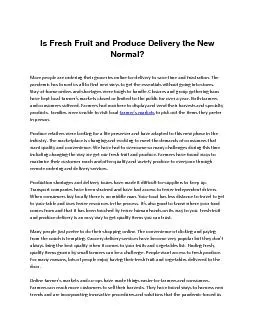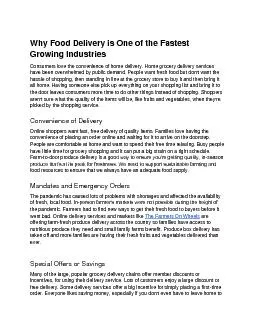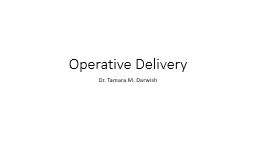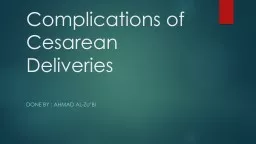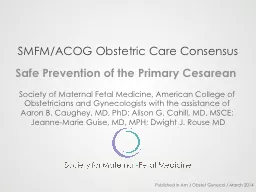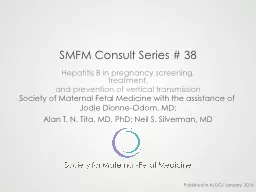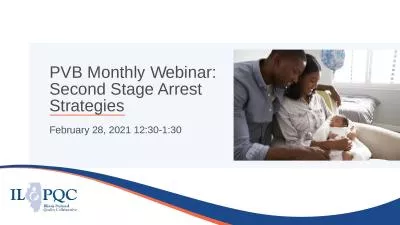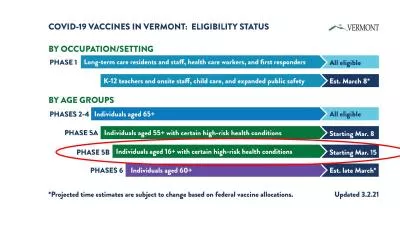PPT-SMFM Consult Series Prior Classical Cesarean Delivery-Counseling & Management
Author : anya | Published Date : 2022-06-07
Society of Maternal Fetal Medicine with the assistance of Suneet P Chauhan MD Published in Contemporary OBGYN June 2012 Definition amp Incidence M idline incision
Presentation Embed Code
Download Presentation
Download Presentation The PPT/PDF document "SMFM Consult Series Prior Classical Ces..." is the property of its rightful owner. Permission is granted to download and print the materials on this website for personal, non-commercial use only, and to display it on your personal computer provided you do not modify the materials and that you retain all copyright notices contained in the materials. By downloading content from our website, you accept the terms of this agreement.
SMFM Consult Series Prior Classical Cesarean Delivery-Counseling & Management: Transcript
Download Rules Of Document
"SMFM Consult Series Prior Classical Cesarean Delivery-Counseling & Management"The content belongs to its owner. You may download and print it for personal use, without modification, and keep all copyright notices. By downloading, you agree to these terms.
Related Documents

